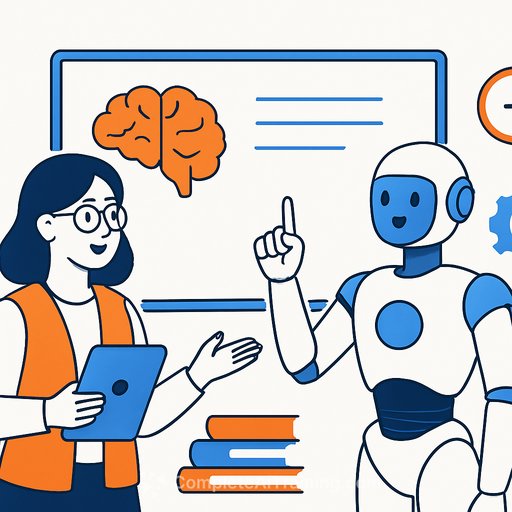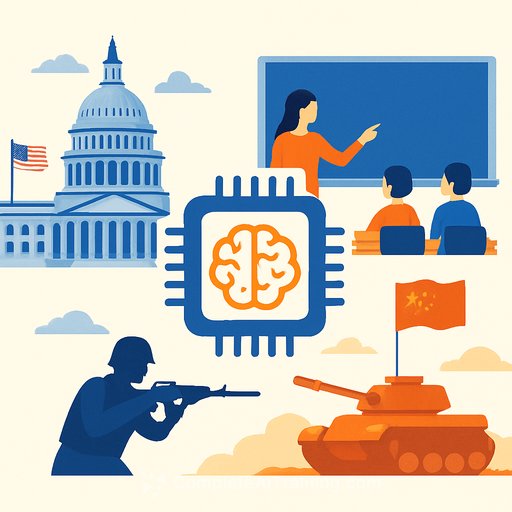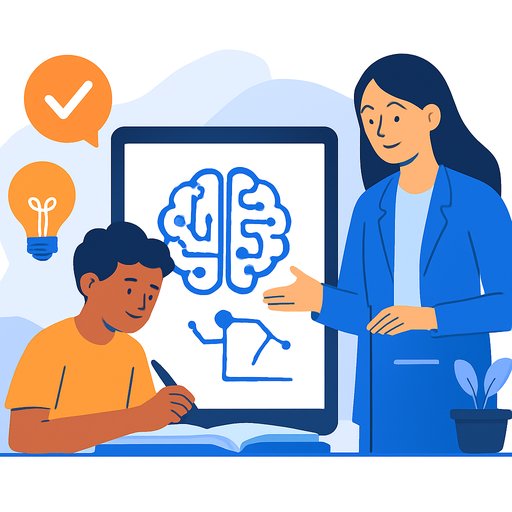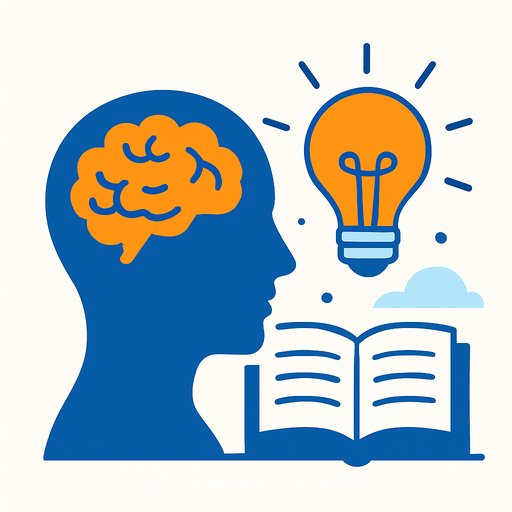WA education leaders are all-in on classroom AI. Here's the why-and the how.
Washington is moving first on AI in K-12. The mindset is simple: accept that AI is here, set guardrails, and use it to improve teaching and operations-instead of repeating the hands-off approach many took with social media.
This isn't about shiny tools. It's about schedules that run on time, budgets that stretch further, and instruction that adapts to students with different needs. The work is already underway across districts, colleges, and the state education agency.
The core framework: H-AI-H
OSPI launched one of the nation's earliest AI guidance efforts and landed on a practical rule: H-AI-H-human, AI, human. A person frames the question, AI helps explore options, and a person evaluates outcomes. It's a simple loop that keeps judgment and accountability with educators and students.
More than half of states now have guidance of their own. Washington's bet: teach students to use AI with intent, transparency, and critical thinking instead of pretending it won't show up on home devices after school.
What leaders are seeing
Microsoft leadership highlights real use cases districts can deploy right now: smarter bus routes, better resource planning, and instructional support that adapts to learners. The focus is productivity and personalization at scale, not replacing teachers.
State Superintendent Chris Reykdal is clear: AI will change instruction. If a five-page essay can be drafted at home in 30 seconds, shift the assessment. Do more writing in class, evaluate process as well as product, and test for thinking-not just output.
The pushback (and how to respond)
Concerns are valid: cheating, weaker critical thinking, and widening gaps for students without access. In one recent poll, Americans were split-about half wanted AI barred from schools, half wanted it integrated.
Here's the practical response: redefine what we assess and how we monitor it. Keep student work authentic (drafting, citing, revising) and use AI as a tool inside that workflow, not a shortcut around it.
Inside a classroom that uses AI well
English teacher Adam Aguilera has been building with AI for years. He uploads curriculum, models, and lesson plans to train a class-specific chatbot. When one teacher has nearly 30 kids, that bot gives students on-demand feedback while he circulates and teaches.
What used to take an hour or two-unit outlines, practice prompts, quizzes, flashcards-now takes minutes. That time is reallocated to conferencing, checking reasoning, and coaching.
Guardrails we can't ignore
We learned from social media: ignoring new tech doesn't protect kids. AI is more interactive and persuasive than feeds and likes. Some teens get stuck in long, unhealthy chats. There are reports of students using bots as a stand-in for mental health support with tragic outcomes.
Educators need clear policies: no unsupervised "therapy" bots, transparent tool use, and quick handoffs to counselors when support goes beyond academics. The goal is student safety and clarity, not fear.
What districts and schools can do this semester
- Adopt H-AI-H. Teach students to frame better questions, verify sources, and explain their reasoning after using AI.
- Rewrite assessments. More in-class writing, oral defenses, and version history checks. Grade thinking, not just final drafts.
- Set clear AI-use norms. Define what's acceptable for homework, labs, and collaboration. Require AI disclosure on assignments.
- Provide teacher workflows. Offer prompts, exemplars, and checklists for lesson design, differentiation, and feedback loops.
- Protect data. Use district-approved tools, disable unnecessary data collection, and audit vendors for student privacy.
- Address equity. Provide access during school hours, build AI stations in libraries, and offer parent workshops.
- Support mental health. Train staff on risks, create reporting paths, and reinforce that AI is not a counselor.
- Measure what matters. Track time saved, student engagement, and gains for specific learner groups-then iterate.
Practical classroom uses you can pilot
- Lesson planning: Draft unit maps, text-dependent questions, varied reading levels, and remediation paths-then refine.
- Feedback at scale: First-pass comments on structure, grammar, and citations. Teachers focus on argument quality and evidence.
- Student supports: Generate study guides, flashcards, and quizzes tied to your actual curriculum, not generic content.
- Language access: Provide quick translations and glossaries while maintaining academic rigor in the main task.
- Operations: Optimize routes, bell schedules, and staffing scenarios to free budget for instruction.
Policy shifts that make AI useful (and safe)
- AI disclosure on student work, with reflection on how it was used and what changed in the final draft.
- Version history or drafting checkpoints to verify process and growth.
- Tiered permissions by grade level with clear escalation paths for misuse.
- Parent communication that explains benefits, limits, and how schools protect privacy.
- Professional learning that's hands-on and job-embedded, not one-off demos.
Looking ahead
Reykdal wants AI courses in high school, right next to coding and computer science. That's a smart move. Students should learn model limits, bias, prompt strategy, verification, and how to use AI to think better-not to think for them.
AI is already baked into tools students use daily-phones, search, streaming, productivity apps. Schools can either set the terms or let the terms get set for them.
Bottom line for education leaders
AI is here. Guardrails and good instruction are the answer. Start with H-AI-H, update assessments, protect students, and put teacher time back where it matters: feedback, relationships, and learning.
If you need structured training for staff, explore focused AI courses for educators that cover classroom workflows, policy templates, and hands-on practice.
Do the simple things first. Clear policies. In-class assessment. Teacher-friendly workflows. Measure gains. Then improve. That's how AI actually helps kids learn.
Your membership also unlocks:






